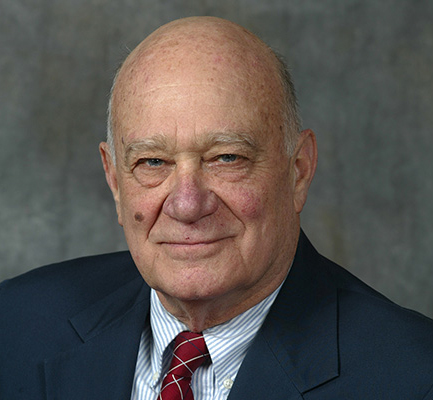Thomas Jefferson’s epistolary journeys resembled those of his friend Abigail Adams in this major respect. She wrote to husband John, “My pen is freer than my tongue so I have been able to write what I could not say.”
From his youth through old age, Jefferson was shy and uncomfortable with public speaking, even more so when conversing privately with females. As a college student when he became interested in a particular girl, he first made a list of conversation topics before he met with her (perhaps an idea worth emulating today as folks begin friendships or romances!).
Noteworthy, however, is the depth of Jefferson’s epistolary exchanges with Madison, John Adams and others, deepening friendships and exploring civic engagements. Jefferson’s three-decade correspondence with Mara Cosway shows the depths of his romantic passion.
The brief back story on this long-extended, special correspondence is that Jefferson and Maria felt a deep mutual attraction from the time they first met in France. Jefferson served as U.S. ambassador. He had been a widower for four years.
After meeting Maria, a Catholic, who had been unhappily married since age 18 to an Italian painter, he remarked that he spent every free hour with her. Among other things, they went for long walks in the French countryside. Historians wondered whether they had a sexual relationship as they tried to decode the early conduct and written exchanges.
No conclusions were reached, but the event that sparked the 30-year correspondence was when 43-year old Jefferson sought to impress the 26-year old Maria on one of their walks; he tried to leap over a fence (perhaps to minimize the age difference).
Unfortunately, he stumbled at the top, fell and broke his right wrist. That injury troubled him for years, but it did not stop him from corresponding with Maria. When she cautioned him about the injury, and the strain of using his left hand for long letters to her, he responded: “This shall cease to write only when my heart ceases to beat.”
Their relationship and correspondence took a dramatic turn when Maria gave Jefferson only same day notice that her erratic husband had decided to have her return to Italy with him immediately. When Jefferson received that notice from a courier for Maria, he got into his carriage and rushed with a hope to see her before departure.
When he returned to his home, Jefferson wrote to Maria what many consider one of the greatest love letters in history.
He said: “As your carriage left I turned away more dead than alive. Now I sit solitary and sad having a debate between my heart and my head.” Jefferson’s “head” early prevailed in the debate: ”The mind alone might insure growth, self-sufficiency and the avoidance of pain.”
He began to focus on the complicated differences between him and Maria: “Do not bite at the bait of pleasure until you know there is no hook beneath it. The most effectual means of being secure against pain is to retire within ourselves and to suffice for our own happiness.”
The “head” elaborated that “a wise man” could only count “on pleasures that depend on ourselves, for nothing is ours which another may deprive us of. Hence the inestimable value of intellectual pleasures.”
Then Jefferson’s heart mocked the idea of self-sufficiency: “Let the gloomy monk, sequestered from the world seek unsocial pleasures in the bottom of his cell! Let the sublimated philosopher grasp visionary happiness while pursuing phantoms dressed in the garb of truth. Their supreme wisdom is supreme folly and they mistake for happiness the absence of pain.”
The heart concluded: “If they ever felt the solid pleasure of one generous spasm of the heart, they would exchange for it all the frigid speculations of their lives.” Maria was so moved; she pondered whether she and Jefferson could find ways to meet again (perhaps establishing a continuing relationship despite her Catholicism). When she spoke of coming to America, Jefferson’s heart was encouraged; he wrote: “I’d rather be deceived than live without hope.”
But they never saw each other again after 1786. They did exchange warm, loving correspondence, however, until Jefferson died in 1826. Thirty-three years after they met, Maria reviewed her life in 1819, noting that she had satisfying experiences, but emphasizing that while Jefferson’s “head” might say that was sufficient, his “heart” would know “that I wished for more.” After her husband died, Maria kept a painting of Jefferson in her bedroom.
Historians also debate how much difference it made that teenager Sally Hemmings arrived in France (caring for Jefferson’s traveling daughter), while he was full throttle in love with Maria. Some scholars believe that Jefferson shifted his passion to the mulatto slave teenager. Plausibility for such a view stemmed from the little known fact that Sally was the half-sister of Jefferson’s deceased wife (whose father, like many white slave owners, sired children with their female slaves).
Some scholars conclude that back at Monticello, Jefferson sired children with Sally. The significance of their relationship continues to provoke historical analysis, but it included no Jefferson-Hemmings correspondence).
When he was 76 years old, Jefferson was still relishing the epistolary romance with Maria Cosway ended only by his death.



